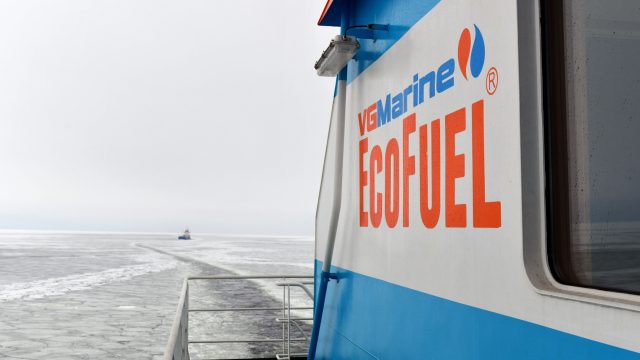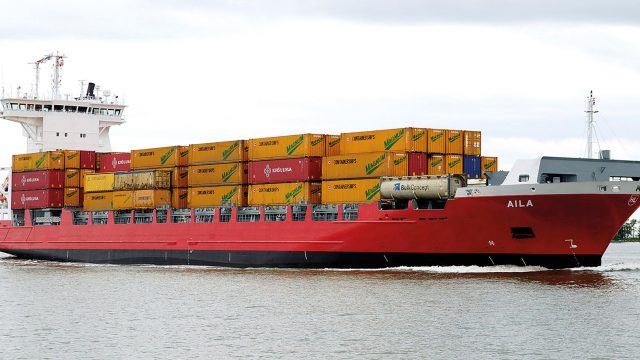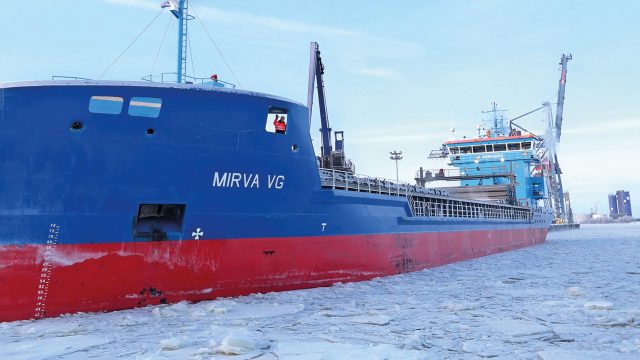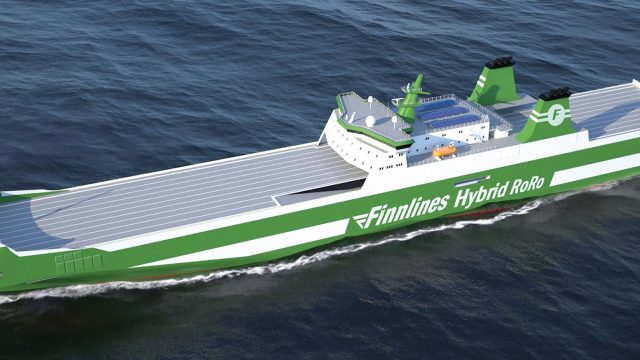In the short term, Finland’s ship owners aim to promote the development and adoption of fossil-free fuels among Finnish ship owners. At present, sulfur dioxide and nitrogen oxide emissions have been reduced as planned.
In regard to carbon dioxide emissions, all of the parties involved must work together. Alongside ship owners, efforts will be required of fuel manufacturers, as well as ports and cities.
For example, the CO2 concentrations of fossil fuels can be reduced by mixing them with bio-components. Energy company Neste has begun a Renewable Marine Fuel program to this end. Ports are also working to improve factors such as shore power for ships. The City of Helsinki aims to become carbon-neutral by 2035.
Tallink Silja intends to fit its ships with shore power capabilities, as well as batteries for hybrid operation.
By 2050, Finland aims to reduce the absolute greenhouse gas emissions from seafaring by 50% in comparison with 2008. Fossil-free seafaring should be a reality by the end of the century.
Tallink Silja is reducing emissions
Firstly, the shipping company intends to fit its ships with shore power capabilities, as well as batteries for hybrid operation. Batteries can help to reduce the use of auxiliary engines while the ship performs port operations. Secondly, Tallink Group is already operating the M/S Megastar, a next-generation vessel running on LNG. In addition, a letter of intent has been signed on the construction of a new, environmentally friendly ship. Thirdly, the waste heat output by the ship’s engines is recovered and used for the ship’s various functions.
Tallink and Silja Line ships use a real-time fuel monitoring system, which enables the passage of the ship to be optimized, thereby reducing fuel consumption and emissions.
Digital technology is being put to use. For example, the Silja Serenade, which operates the route between Helsinki and Stockholm, is involved in Business Finland’s INTENS project, which aims to improve the energy efficiency of ships and reduce their emissions.
The EU’s LeanShips project also seeks to improve energy efficiency, and Victoria I, which operates the route between Tallinn and Stockholm, is involved in this project.
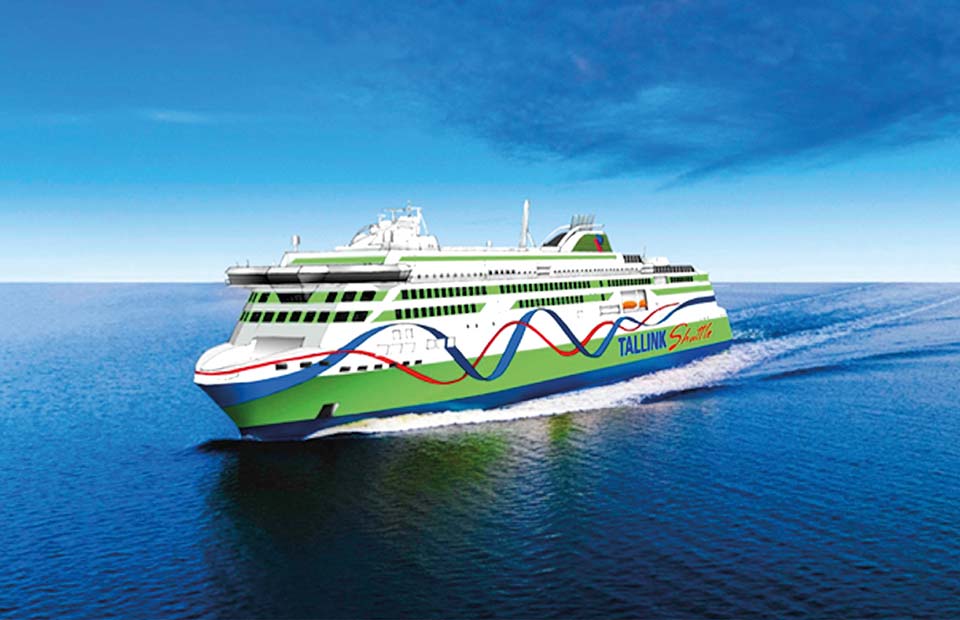
Viking Line considers LNG a good alternative
Like others, Viking Line, a Finnish passenger shipping company, has made substantial investments in the energy efficiency of its ships and in cleaner fuels. According to Ulf Hagström, Senior Vice President of Marine Operations & New-builds, LNG is a good option for the fuel of the future on the Baltic Sea – but it is just one of many.
Viking Line’s M/S Grace, which entered service in 2013, gained fame as the world’s first LNG-powered passenger vessel and, since then, the ship has bunkered gas more than 1,000 times. Viking has a supply agreement with AGA Gas Ab, which refuels the ship with its bunkering vessels as it sails the route between Turku, Mariehamn and Stockholm.
“We have had very good experiences with LNG at sea. LNG could easily become one of the future marine fuels on the Baltic Sea. However, there are other energy solutions. We are also considering hybrid solutions, batteries, biogas, ethanol and, of course, rotor sails, which we have trialed,” Hagström explains.
The M/S Viking Grace uses Norsepower’s rotor sails, which were fitted about one year ago. In Hagström’s opinion, it is still too soon to say anything definitive about the savings available with rotor sails.
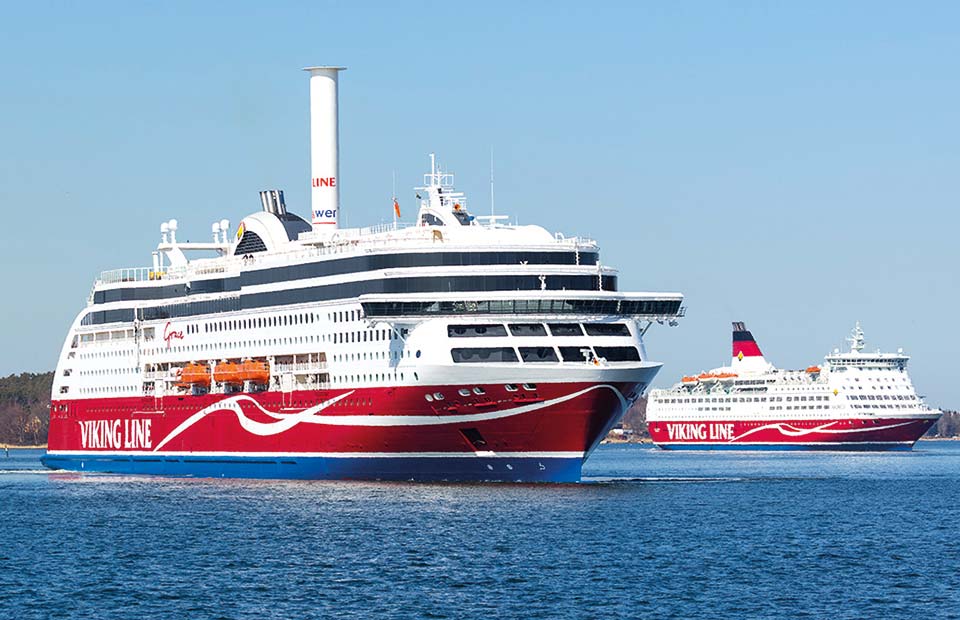
The new flagship will also have sails
The ship owner’s managers have decided to incorporate LNG and rotor sails into Viking Line’s future plans. The company currently has a new flagship under construction in China, and the new vessel will be fitted with LNG solutions, as well as two Norsepower rotor sails. The new-build, which has not yet been named, will begin operating the route between Turku, Åland and Stockholm in early 2021.
The new vessel will be larger than Viking Grace but, despite this, calculations have shown that it will consume ten per cent less fuel. The energy efficiency of the flagship will be world-class.
Ulf Hagström says that Viking is always considering other energy solutions, such as biofuels, ethanol, fuel cells and batteries.
“The problem with biofuels is one of availability, so they are not a short-term volume solution for seafaring. Ships need such enormous volumes of biogas and there is simply not enough of this fuel available,” he says, adding that hybrid solutions for energy generation will play an important part in the future of shipping.
“As batteries develop, fully electric ships may become widespread on suitably short routes. Some experience has been gained in this area in places such as Norway. Nonetheless, I have greater belief in hybrid solutions, such as combining electricity with different fuels,” he says.
On the M/S Finlandia, microbes unblock pipes
Eckerö Line’s M/S Finlandia is the only ship sailing between Helsinki and Tallinn under the Finnish flag. Seafaring is one of the most heavily regulated sectors, so shipping companies are subject to a large number of directives and laws related to safety and the environment.
Eckerö Line’s goal is to minimize its burden on the environment. To achieve this, the shipping company is developing new procedures for handling the emissions and waste products from ships.
To this end, M/S Finlandia began working with ProtectPipe, a company in the microbiotechnology sector, in summer 2018. Eckerö Line is seeking to replace chemicals with environmentally friendly solutions. ProtectPipe’s microbial solution fits the bill exactly – a natural alternative to conventional sewage chemicals.
The kitchens aboard the M/S Finlandia began using ProtectPipe’s biological floor wash, BioFloor, which contains living microbial strains that eat the grease and other organic waste that is stuck to the floor.
The floor is first rinsed, and then the microbial solution is spread evenly over it. At the end of the process, the floor is dried using a squeegee, so the solution ends up in all of the floor drains. The microbes feed on the organic waste that builds up in pipes, forming a biofilm on the interior surface, thereby preventing new material from sticking to the pipe and causing blockages.




